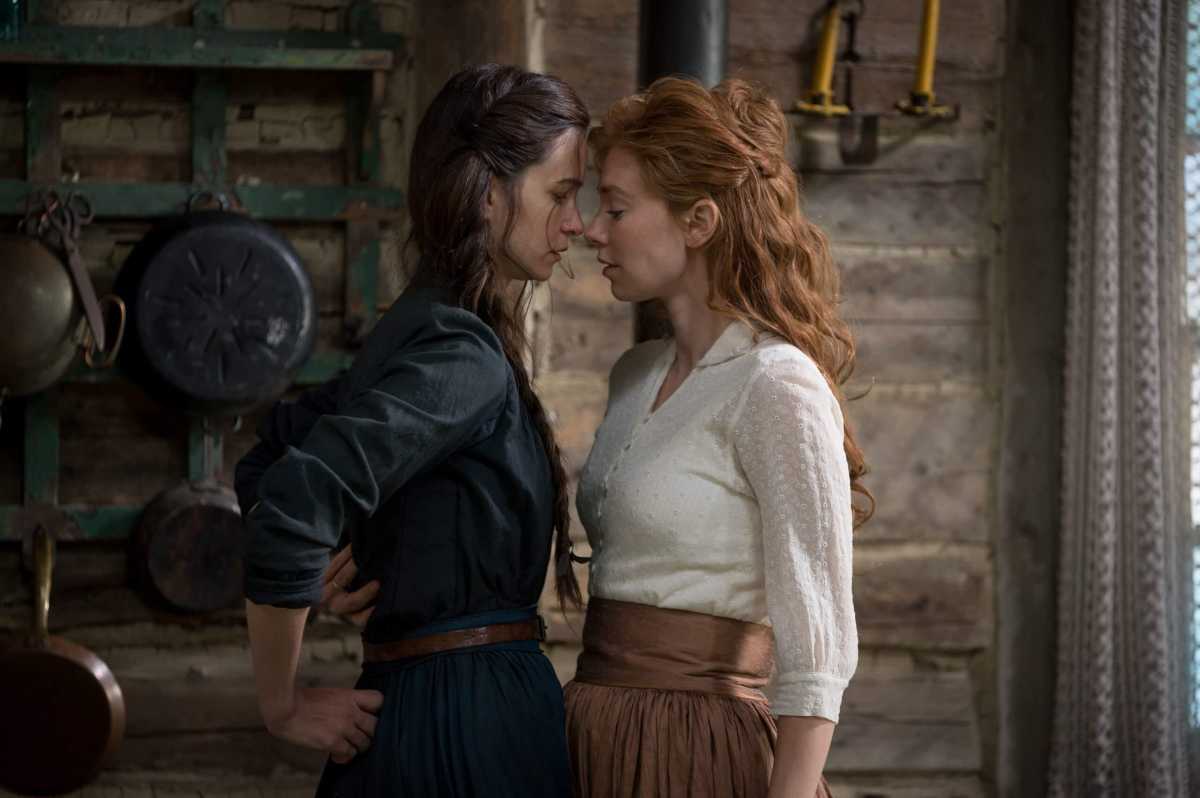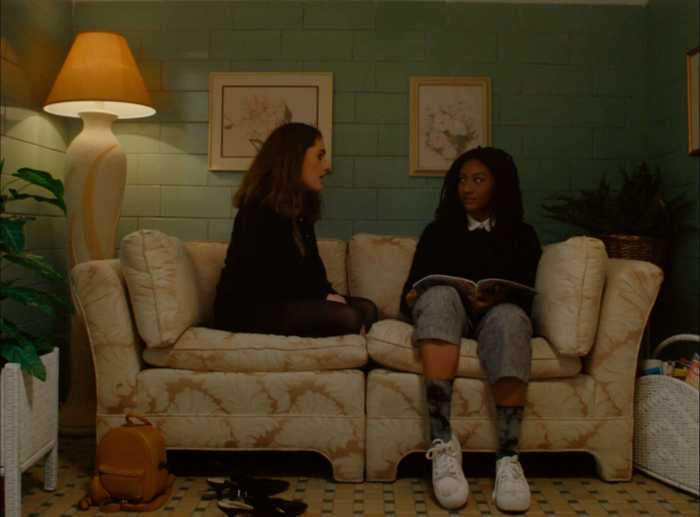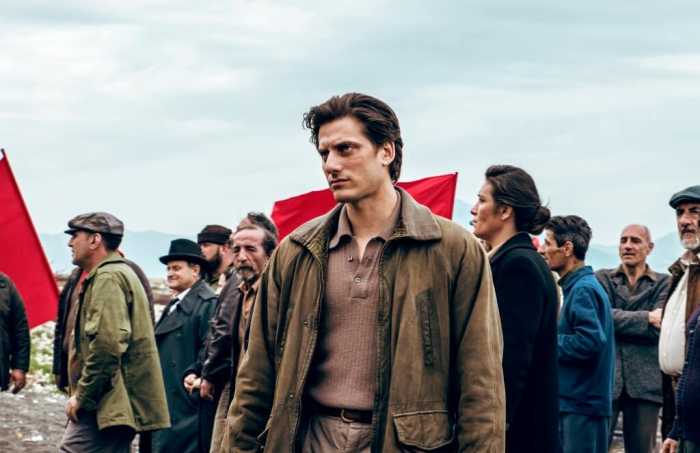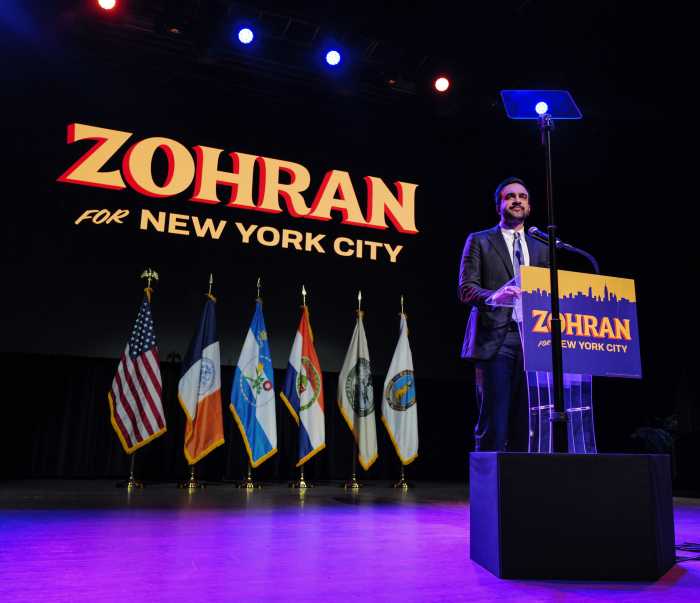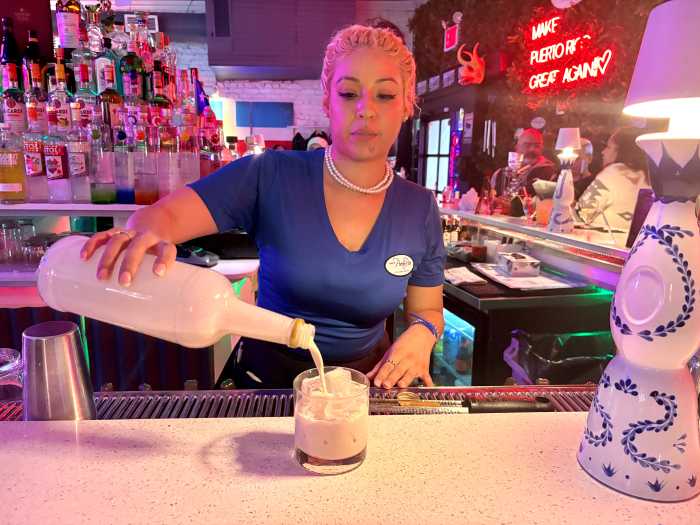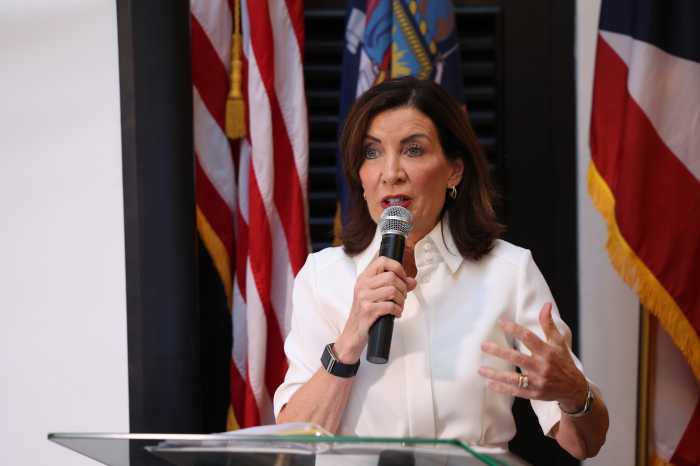“The World to Come,” a love story between two women set at a time when the concept of sexual orientation hadn’t yet been codified, portrays queer desire as something which existed in the 19th century but couldn’t yet be satisfied. Both of its heroines are bound to men in relationships that are disappointing for one and dangerous for the other. In the film’s vision, it would be impossible for them to escape and live with each other.
“The World to Come” plays like a well-made but familiar genre piece. Seen in isolation, its direction and acting are impressive, but its limits come into clearer focus when one looks at it in the context of the past decade’s lesbian-themed films. Mona Fastvold’s film, adapted from a short story by Jim Shepard, joins such films as Yorgos Lanthimos’ “The Favourite,” Todd Haynes’ “Carol,” Frances O’Connor’s “Ammonite” and Céline Sciamma’s “Portrait of a Lady on Fire,” in looking towards the queer past.
Written by Shepard himself and Ron Hansen, “The World to Come” retains a very literary quality. It ticks down the days with a voice-over taken from Abigail’s (Katherine Waterston) diary as she endures a difficult winter in upstate New York (actually shot in Romania) in 1858. Fastvold is Norwegian, and the film’s emphasis on a dark, cold environment suggests she’s drawing on her memories of Scandinavia as well. Having lost her only child to diphtheria, Abigail endures a passion-free marriage to Dyer (Casey Affleck, with whom the idea to make this film originated). However, she re-discovers her enthusiasm for life after meeting Tallie (Vanessa Kirby), the wife of brutish farmer Finney (Christopher Abbott).
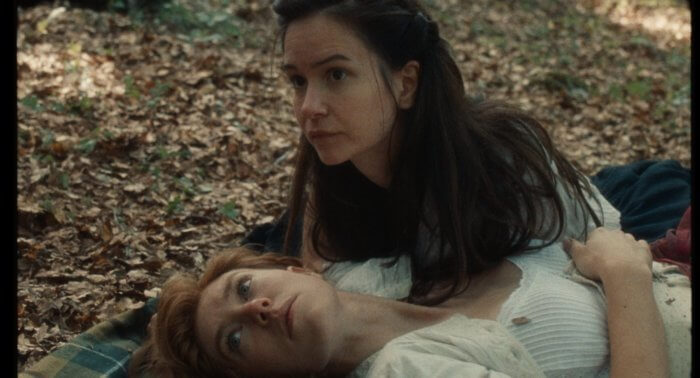
Muted cinematography and a reliance on long shots have become arthouse clichés. Most of the time, they are empty signifiers of seriousness, much as shakycam has come to stand in for “reality.” But Fastvold and cinematographer Andre Chemetoff devised their film’s style with tremendous care. The color scheme contributes to the story. While it starts out dark and dingy — which is realistic for a period without electric lighting — the exteriors become much brighter once the film moves into summer. This also reflects the growing love between Abigail and Tallie. As their emotions blossom, the film feels less distanced. Similarly, its first close-ups show the two women gazing at each other. Withholding this simple bit of film grammar gives it more force. The lack of passion between Abigail and Tallie and their respective husbands is shown by placing them apart in long shot. Unusually, Daniel Blumberg’s score is built around three clarinets, with sparing use of cowbell, cello, and Josephine Foster’s soaring vocals.
In conversation, Abigail quotes Shakespeare to the effect that she’s OK with feeling “caged in a positive way” by her marriage. Tallie strongly disagrees. Of course, she’s married to an outright villain who is introduced killing a pig and eventually ties her up and drugs her with opium. Christopher Abbott’s performance is marred by a sense that he’s playing a representative of patriarchy more than a three-dimensional person. Dyer is much more passive, and Affleck and Waterston do a terrific job of sketching out a quietly draining marriage between two people who aren’t right for each other in ways that go beyond sexual orientation.
“The World to Come” is simple and relatively subdued. It portrays a world that now seems to exist under a spell of emotional repression, although Tallie and Abigail are not short on ways to talk about their love once they do connect. But the constant voice-over and long shots create a spirit of detachment. Its style is reminiscent of François Truffaut’s period pieces. However, it makes clear that its sense of numb distance stems from Tallie and Abigail’s alienation. They were expected to marry men they don’t care much about, with no concern for their own desires.
On the blog Screen Queens, Kira Deshler wrote an extensive essay exploring the reasons for the trend of lesbian period pieces, coming up with several reasons for it. To paraphrase Deshler, who had only seen the trailer for “The World to Come” at the time, many filmmakers see “lesbian” as an aesthetic romanticizing doomed white couples in the 19th or early 20th century more than a real sexual orientation lived by a hugely varied set of people. At worst, Fastvold’s film does exemplify this, playing like the cinematic version of a Tumblr blog or Pinterest board. Its decision to tie its only representation of lesbian sex directly to tragedy angered me. But its title suggests that this story is an open question. While the film is full of implicit presentism, the final scene’s celebration of the power of imagination, followed by a screen flashing the title, asks “Can we bring stories like this into reality, with happier endings, now? Are we truly more free than this couple?”
Watch the trailer below:
The World to Come | Directed by Mona Fastvold | Bleecker Street | Starts streaming on VOD March 2nd
To sign up for the Gay City News email newsletter, visit gaycitynews.com/newsletter.

